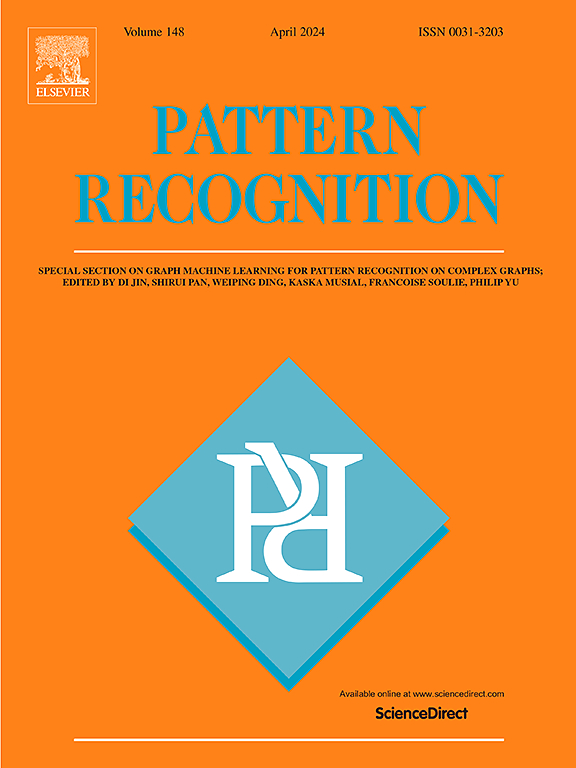利用多视角数据和半监督标签机制进行互补标签学习
IF 7.5
1区 计算机科学
Q1 COMPUTER SCIENCE, ARTIFICIAL INTELLIGENCE
引用次数: 0
摘要
本文章由计算机程序翻译,如有差异,请以英文原文为准。
Complementary label learning with multi-view data and a semi-supervised labeling mechanism
Rooted in a form of inexact supervision, complementary label learning (CLL) relieves the labeling burden of attaining definite categories for numerous training samples by depicting each of them through one or several incorrect categories. Although existing approaches adopt diverse network structures, learning paradigms and loss functions to facilitate CLL, developing a dependable classifier with the provided complementary labels remains challenging. To this end, a novel CLL method integrated with multi-view fusion and a semi-supervised labeling mechanism, called MVSSCLL, is proposed in this work. MVSSCLL is able to learn adaptively the label distribution of the training samples by leveraging a semi-supervised labeling mechanism. Simultaneously, a multi-view feature fusion approach following the consensus and complementary principles is also embedded. Such integration helps enhance the extraction of valuable information from multi-view feature data with complementary labels. Experimentally, MVSSCLL surpasses significantly the state-of-the-art methods. The maximum accuracy advantage over the second-best method reaches 43.11 %. The advancements made by MVSSCLL have greatly improved the performance of CLL without increasing labeling costs.
求助全文
通过发布文献求助,成功后即可免费获取论文全文。
去求助
来源期刊

Pattern Recognition
工程技术-工程:电子与电气
CiteScore
14.40
自引率
16.20%
发文量
683
审稿时长
5.6 months
期刊介绍:
The field of Pattern Recognition is both mature and rapidly evolving, playing a crucial role in various related fields such as computer vision, image processing, text analysis, and neural networks. It closely intersects with machine learning and is being applied in emerging areas like biometrics, bioinformatics, multimedia data analysis, and data science. The journal Pattern Recognition, established half a century ago during the early days of computer science, has since grown significantly in scope and influence.
 求助内容:
求助内容: 应助结果提醒方式:
应助结果提醒方式:


